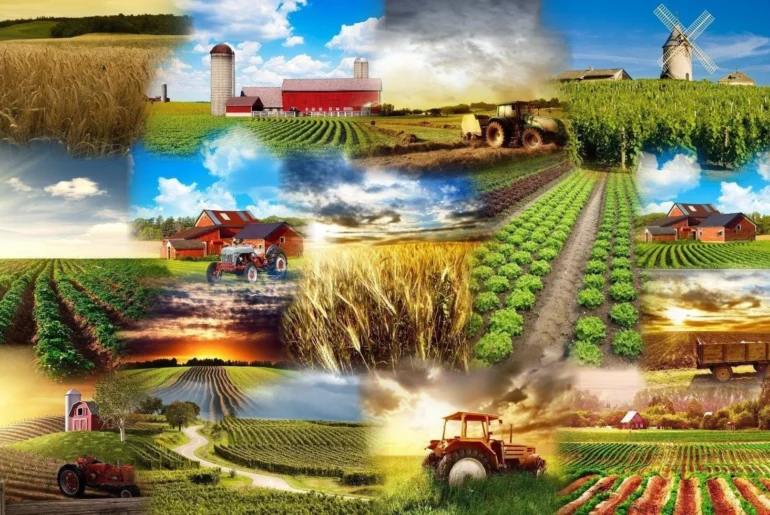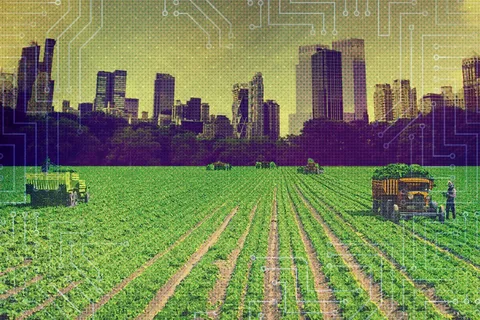Introduction The field of prosthetics has undergone significant advancements over the past few decades, leading to the development of more durable, flexible, and patient-friendly devices. Among the many materials used in the creation of prosthetics, Chlorinated Polyethylene (CPE) has emerged as a critical component. This versatile polymer has found numerous applications in the medical industry, particularly in the manufacturing of prosthetic devices. Its unique properties make it ideal for use in medical devices where…
Introduction Soft-tissue prosthetics have undergone a remarkable evolution over the past few decades. Once rudimentary, uncomfortable, and often ineffective, these prosthetics have now transformed into sophisticated devices that closely mimic the natural appearance, texture, and function of human tissue. This evolution is driven by advancements in materials science and engineering, particularly the development of advanced polymers and innovative manufacturing techniques. These breakthroughs are not only enhancing the quality of life for prosthetic users but…
Introduction The intersection of machine learning and biodegradable polymers represents a new frontier in sustainable innovation. As environmental concerns become increasingly pressing, the development of biodegradable materials has gained significant attention. However, optimizing these materials for various applications can be complex and challenging. This is where machine learning, with its ability to process vast amounts of data and identify patterns, comes into play. In this post, we will explore the emerging trends in machine…
Introduction Polymer science has traditionally relied on a combination of empirical knowledge, trial-and-error experimentation, and theoretical modeling to innovate and enhance materials. However, the advent of Machine Learning (ML) has ushered in a new era of possibilities, fundamentally transforming the way scientists approach molecular structure design and material performance enhancement. As industries ranging from aerospace to biomedicine seek increasingly sophisticated materials, the integration of ML into polymer science offers unprecedented opportunities for innovation and…
Introduction The agricultural sector, a cornerstone of global food security, faces unprecedented challenges today. With climate change, soil degradation, and resource scarcity posing significant threats, the need for sustainable practices has never been more urgent. One of the most promising solutions lies in the use of environmental friendly polymers. These innovative materials are transforming traditional farming methods, offering new ways to enhance crop yields, protect the environment, and ensure long-term agricultural sustainability. Environmental friendly…
Introduction The term “Green Revolution” traditionally refers to the period between the 1940s and 1960s, marked by significant advancements in agricultural technology that led to increased crop yields. However, as we move further into the 21st century, the concept of a Green Revolution has evolved to encompass more sustainable and environmentally friendly agricultural practices. At the heart of this modern Green Revolution are biodegradable polymers, which have emerged as key players in the quest…
Introduction In recent years, the world has witnessed a growing demand for sustainable practices across various industries. Agriculture, being a cornerstone of human civilization, is no exception. As global populations rise and environmental concerns escalate, there is an increasing need for innovative solutions that can enhance food production while minimizing environmental impact. One such innovation is the use of biodegradable polymers in agriculture. These materials are not only revolutionizing farming practices but are also…
Introduction As environmental concerns become increasingly pressing, the food packaging industry is undergoing a significant transformation. Central to this change is the rise of environmental friendly polymers, which are emerging as sustainable alternatives to traditional packaging materials. These innovations aim to reduce environmental impact, enhance recyclability, and improve overall sustainability. In this post, we will explore the benefits and challenges associated with environmental friendly polymers in food packaging. By delving into these aspects, we aim…
Introduction In an era where sustainability and environmental consciousness are at the forefront of global conversations, the food industry is experiencing a transformative shift. The demand for safer, more sustainable packaging solutions has never been higher. As consumers become increasingly aware of the environmental impact of traditional plastic packaging, the focus has shifted towards green innovations that prioritize both food safety and packaging sustainability. Among these innovations, eco-friendly polymers have emerged as a key player,…
Introduction The global food packaging industry is at a critical juncture. As environmental concerns become increasingly urgent, the demand for sustainable solutions in food packaging has never been higher. Traditional packaging materials, often derived from non-renewable resources and difficult to recycle, are falling out of favor as both consumers and regulators push for greener alternatives. At the heart of this shift lies the future of food packaging, which is being shaped by the development and…










